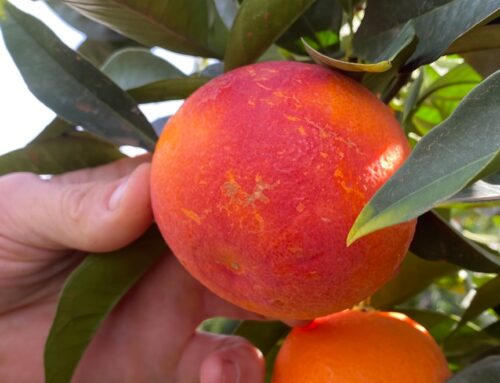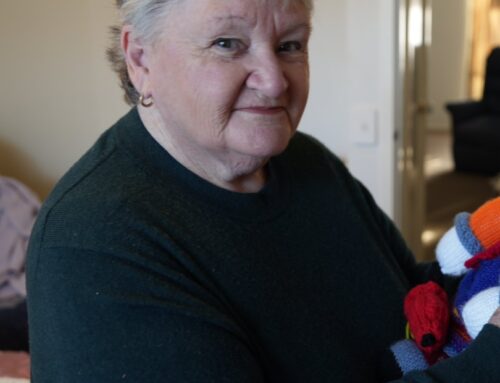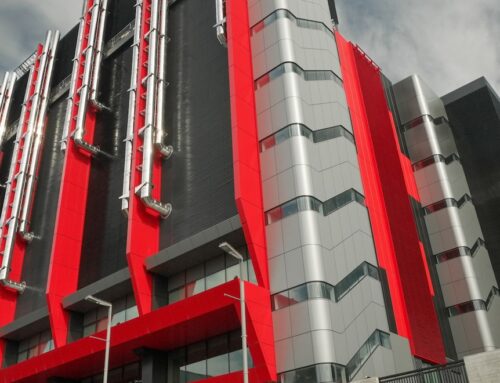Australians could soon see changes to juice products, including blends and an increase in shelf price, as the citrus industry faces a global orange shortage.
Brazil produces more than 70 per cent of the world’s orange supply, but for the past three years has been hit by drought and citrus greening disease, otherwise known as Huanglongbing (HLB), reducing fruit production by almost 25 per cent.
Senior lecturer in operations and innovation management at Central Queensland University, Dr Imran Ali, said the shortage was expected to hit Australian shores hard.
“This could be a major crisis because Brazil is the major supplier of frozen orange juice concentrate to Europe, the US, and Australia,” he said.
“Currently Australia’s juice market depends on 50 per cent of Brazil’s exported juice concentrate.
“For the consumer, this means an increase in prices of orange juice and a shortage of orange juice supply in the domestic market.”
Citrus Australia estimated international orange concentrate imports had halved this year as a result of the global shortage.
CEO Nathan Hancock said to replace the amount of concentrate imported, another 100,000 tonnes of fruit would need to be produced.
However, he was not sure if costs would be passed on to the consumer at the check-out or be absorbed by the supply chain.
“Over time we may see the price at the retail shelf go up, but I don’t think it should be a knee-jerk reaction,” he said.
“Overall the amount of juice won’t change, but it might be the configuration — you may get more options coming up which include orange juice, but not 100 per cent.
“You might see some blends of not just Valencias and navels, but maybe even some mandarin varieties might come in.”
Double-edged sword for Australians
Dr Ali said the global crisis could be an opportunity for local primary producers to transition into the citrus industry.
“Australia is among the top 12 orange producers in the world,” he said.
“So Australian growers can use this to increase their production of oranges and meet local demand, and explore export opportunities to Europe and the United States.”
Jeff Knispel, joint manager of well-known South Australian juice manufacturer Nippy’s, said despite some orange trees taking up to seven years to become commercially viable, struggling wine grape growers in the Riverland were already considering the transition to citrus.
“We’ve had contact from wine grape growers — not huge corporates, but the general growers about the place in the Riverland — asking … ‘if I was to consider transitioning to citrus, what varieties would you be recommending?'” he said.
Mr Hancock said it was an “interesting time” for the Australian citrus industry, with growers considering entering back into the Valencia market as prices per tonne increased.
“I would say [the planting of Valencia oranges] had dropped by 40 to 50 per cent over the last 20 years,” he said.
“To me, the message is that this is a long-term structural change to the global juice industry and a signal to Australian growers that Valencia growing could be profitable again.
“A lot of people have moved, particularly from wine grapes, but other crops too.
“There is probably a chance that conversation will restart with juice in mind.”
Get our local newsletter, delivered free each Tuesday




